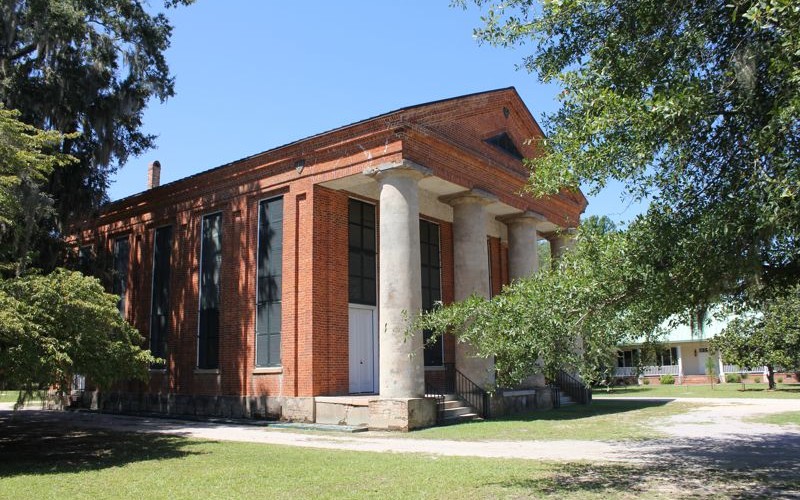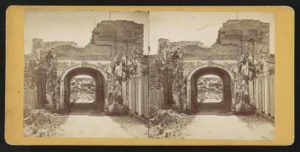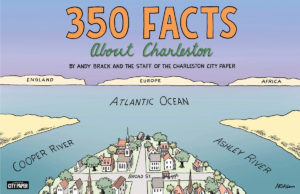
Here’s a historic building somewhere in South Carolina. What is it and where? Send your guess to feedback@statehousereport.com — and remember to include your name, home city and contact information.
 Last week’s mystery, “In stereo,” showed stereoscopic photos of the war-damaged sally port of Fort Moultrie in 1865.
Last week’s mystery, “In stereo,” showed stereoscopic photos of the war-damaged sally port of Fort Moultrie in 1865.
Congratulations to those who identified it correctly: Jay Altman of Columbia; George Graf of Palmyra, Va.; Allan Peel of San Antonio, Texas; Penny Forrester of Tallahassee, Fla.; Kevin Mertens of Greenville; Judy Hines of Charleston; and Charlotte Overman of Fort Mill.
Altman shared that from April of 1863 until February 1865, Confederate forces at Fort Sumter and Fort Moultrie were bombarded by the Union navy. Confederate troops left Fort Moultrie when the army’s forces left Charleston as Gen. W.T. Sherman’s forces neared Charleston, although they diverted to Columbia.
Peel shared information that is on the back of the photo, which is in the Library of Congress: “Additional information published by Quinby & Co. is printed on the back of the photo, as shown here. It reads (including some grammatical errors): “This picture presents a view of the Sally-Port of Fort Moultrie after the war. The Sally-Port is situated on the land side of the Fort, and was well protected from within. It was approached from the parade ground of the Fort, and was constructed of solid brick work of several feet in thickness. The walls above show the effects of the fire from Fort Sumter and Morris’ Island, as well as the IronClads and other vessels of the fleet off the bar. This old Fort, of revolutionary origin and renown, acted as a very conspicuous part in the late war. It is worthy of a visit from strangers visiting Charleston.”
Graf noted that a sally port is a secure, controlled entryway to an enclosure, e.g., a fortification or prison. The entrance is usually protected by some means, such as a fixed wall on the outside, parallel to the door, which must be circumvented to enter and prevents direct enemy fire from a distance.
He added that stereoscopic photography was very popular in the 19th and 20th centuries for their ability to recreate the illusion of three-dimensional view for viewers using a stereoscope viewer.
- Send us a mystery. If you have a photo that you believe will stump readers, send it along (but make sure to tell us what it is because it may stump us too!) Send to: feedback@statehousereport.com and mark it as a photo submission. Thanks.
 ORDER NOW: Copies are in Lowcountry-area bookstores now, but if you can’t swing by, you can order a copy online today.
ORDER NOW: Copies are in Lowcountry-area bookstores now, but if you can’t swing by, you can order a copy online today.
















 We Can Do Better, South Carolina!
We Can Do Better, South Carolina!